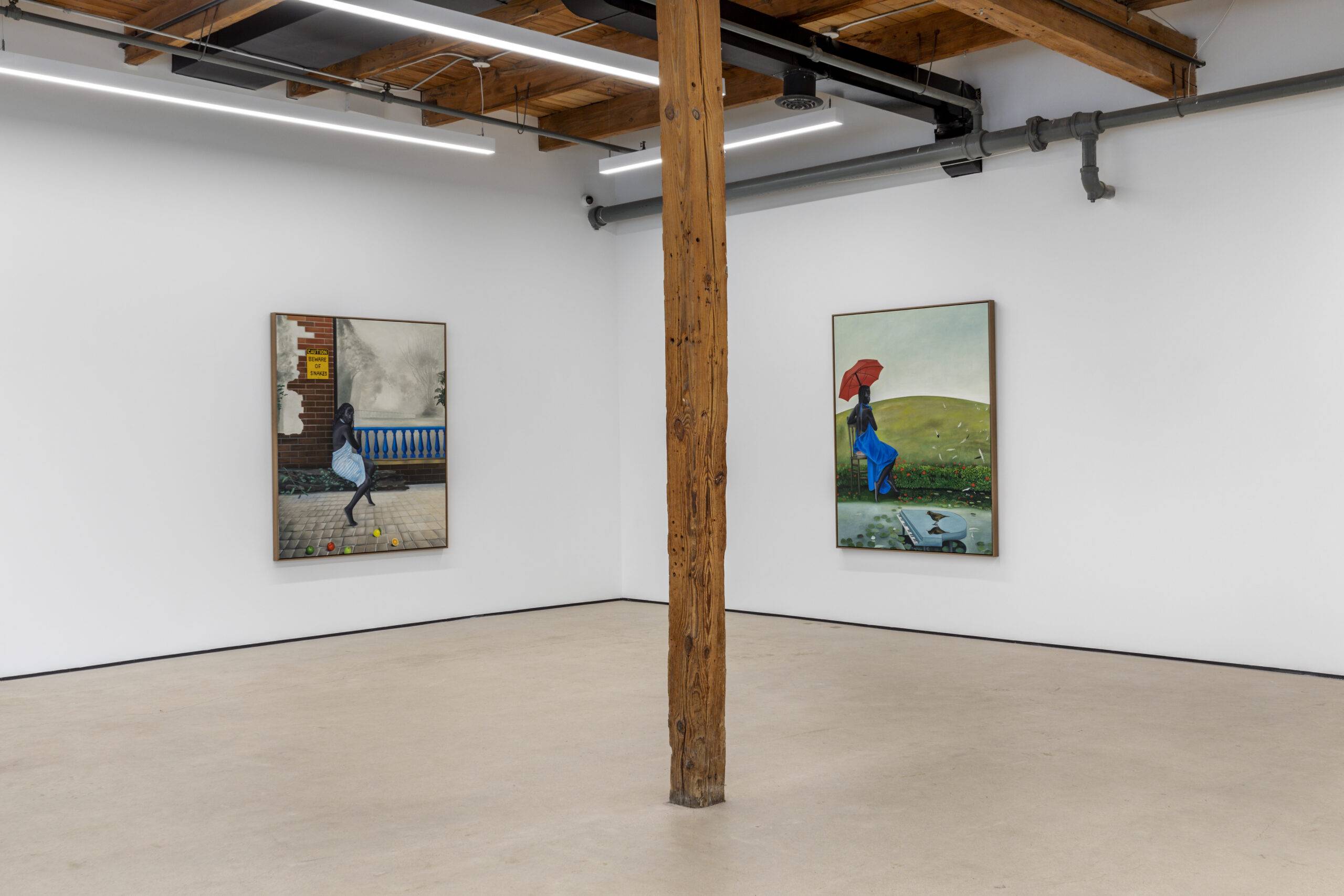As art critic and University of California professor Grant Kester points out, Sierra’s pieces participate in an essentialization of individual identity and subjectivity, enacting a “reduction … of his participants to categories of abjection or social marginality,” where they “aren’t singular individuals but representative types (‘the junkie,’ the ‘illegal street vendor,’ the ‘prostitute,’ the ‘homeless’).” His work not only refuses to subvert, critique or resist the dehumanization of marginalized individuals, it aestheticizes their plight into distinct events that viewers can easily digest. In pieces like “Workers Who Cannot be Paid, Remunerated to Remain Inside Cardboard Boxes,” Sierra pays “political refugees” to complete an absurd and possibly traumatic task — standing in cardboard boxes in a gallery for four hours a day for six weeks, thus perpetuating the “othering” that society enacts upon them. In addition to this, he put the participants at the significant risk of being deported and persecuted by German state authorities. The ethical quandary is not so much that he puts just anyone at risk, but that he put actual human beings who are subject to legacies of prejudice, persecution and state power in harm’s way while denying their subjectivities.
A more impressive feat would be if Sierra had found a way to ethically expose these forms of socio-economic oppression without literally perpetuating them. In the piece “Flames Maquiladora” (2001-3), Mexican artist Carlos Amorales set up a mock maquiladora (sweat-shops set up by multinational corporations with very low wages and poor working conditions) in a London gallery. The artist invited viewers to participate in the creation of wrestling shoes similar to those used by Luchadores, the pretense given as incentive for visitors to create the shoes. Poignantly enough, not one pair of shoes was ever created in the three years the project was installed. In Amorales’ piece, the relationship between producer and consumer is reversed by asking the viewers to labor for the sake of art, instead of for economic necessity. The incompleteness of the project also reveals telling imbalances in socio-economic agency for anyone who wishes to interpret it, without ethically harming those who are already “othered” by society. The intentionality of an author, and the status of an author’s project being considered “art,” does not render all ethical considerations “nugatory.”
But herein lies the disturbing bankruptcy of some of Bishop’s judgments. In her view, there is not much difference between how viewers receive a work and what actually occurs within the work to the participants. We can revel in the fact that Sierra’s work reveals the depressing social realities of neoliberal capitalism and the instrumental “othering” of ethnic and social groups by societies, but at the end of the day each of his projects involves extending the denigration of socially marginalized individuals. For Bishop, the fact that Sierra is creating “antagonism” alone is enough to validate his enterprises. Though ethics become harmful when instrumentalized by the state or when they come to take the place of political concerns, this fact alone does not mean that they should be ruled out in the discussion around participatory art. It is imperative that artists and critics alike refuse to create a binary between ethics and aesthetics, as this distinction is frequently used to validate work that enacts coercive imbalances of power. A modality of artistic practice that engages both ethics and aesthetics at once needs to be considered in a renewed dialogue between art, human subjectivity and the actual relations enacted in “socially engaged” projects.



















